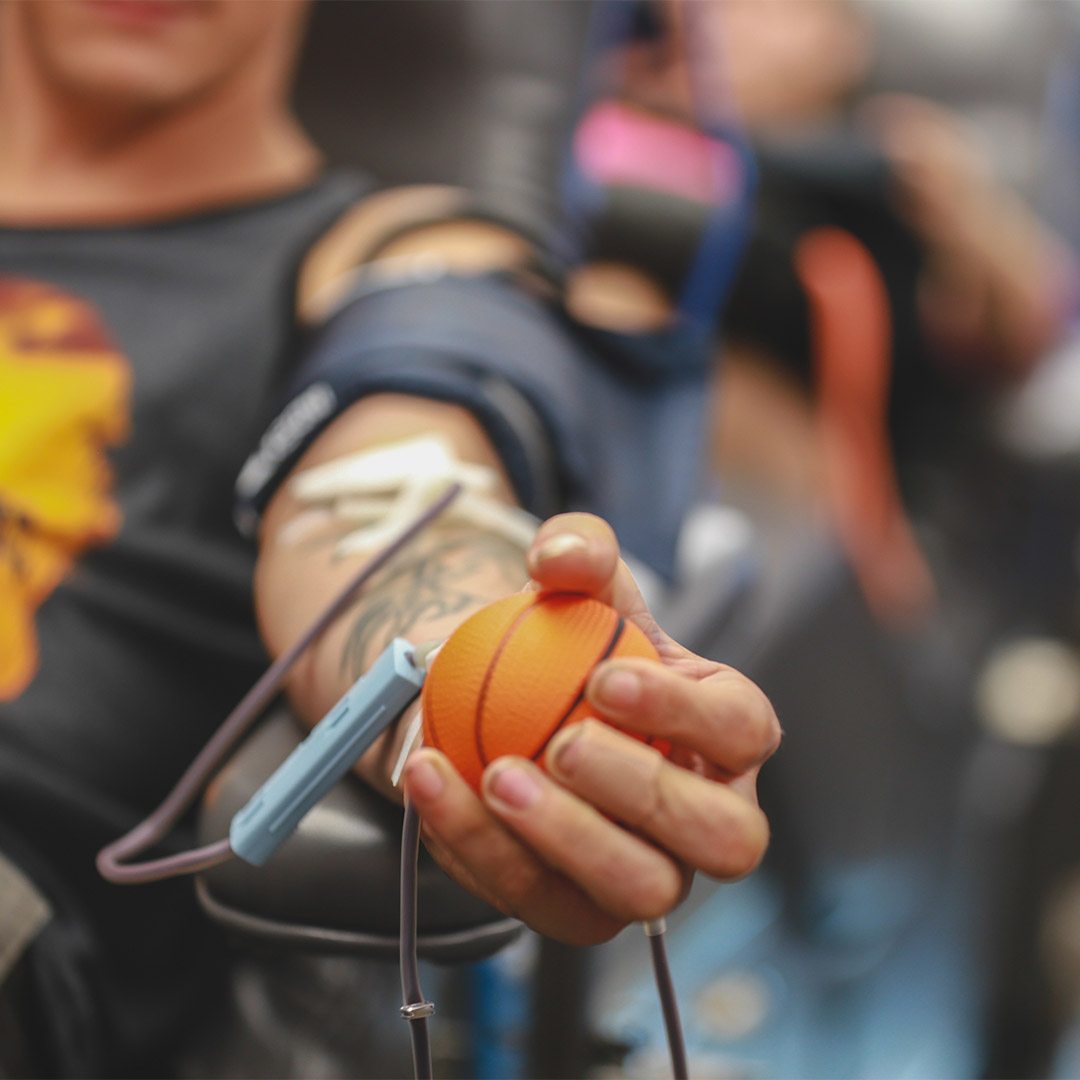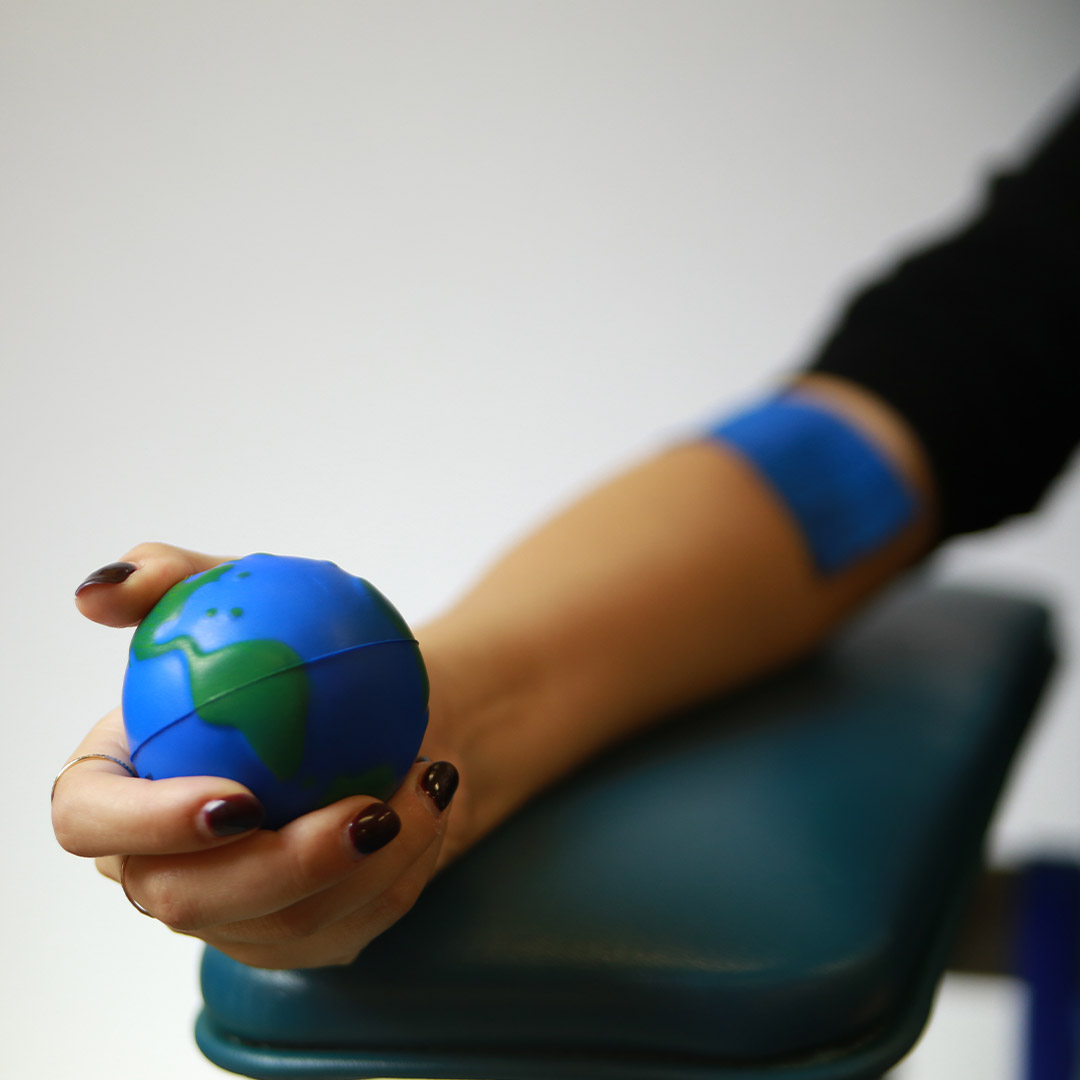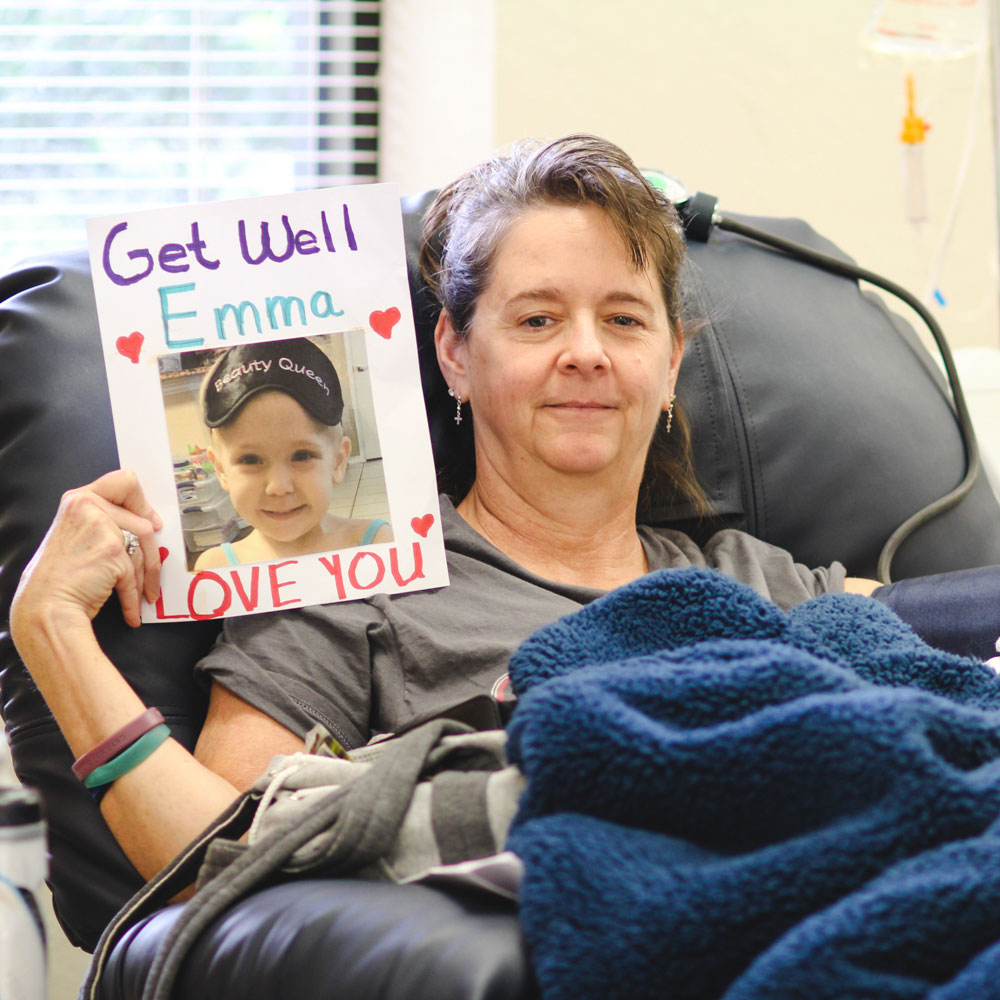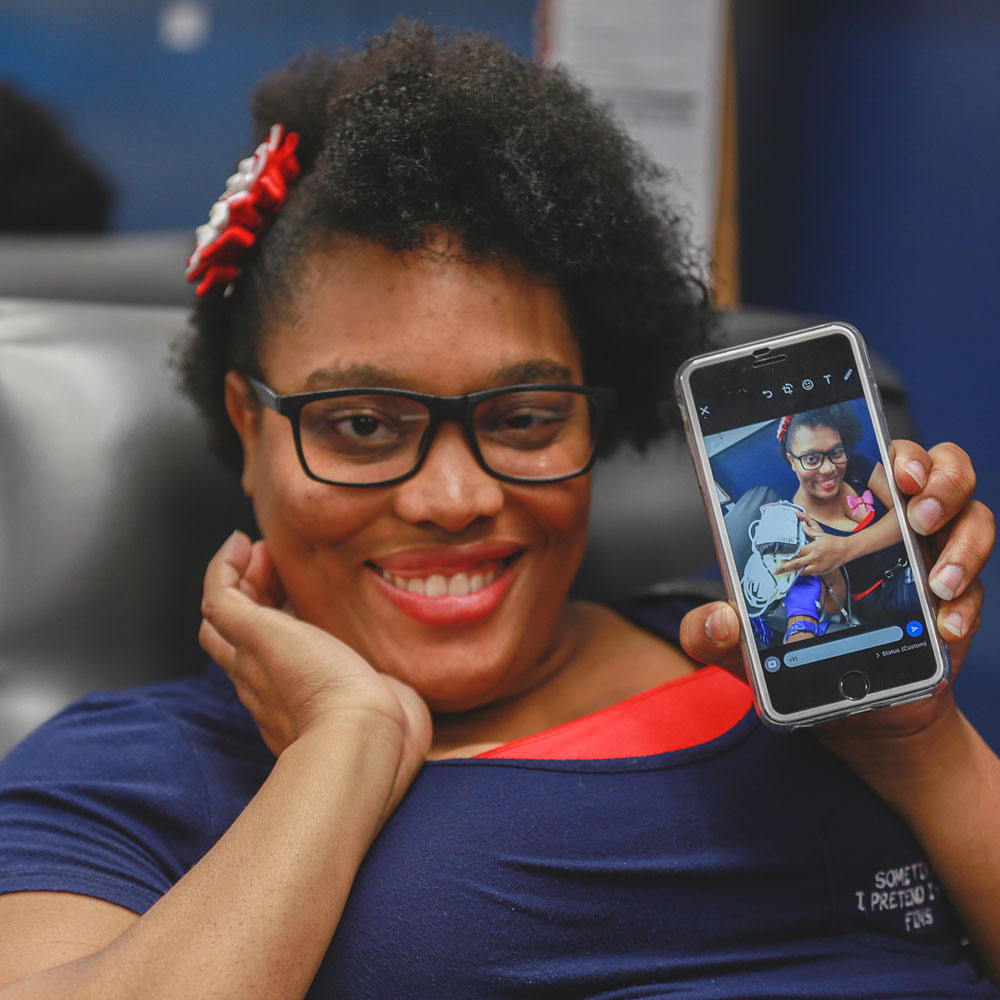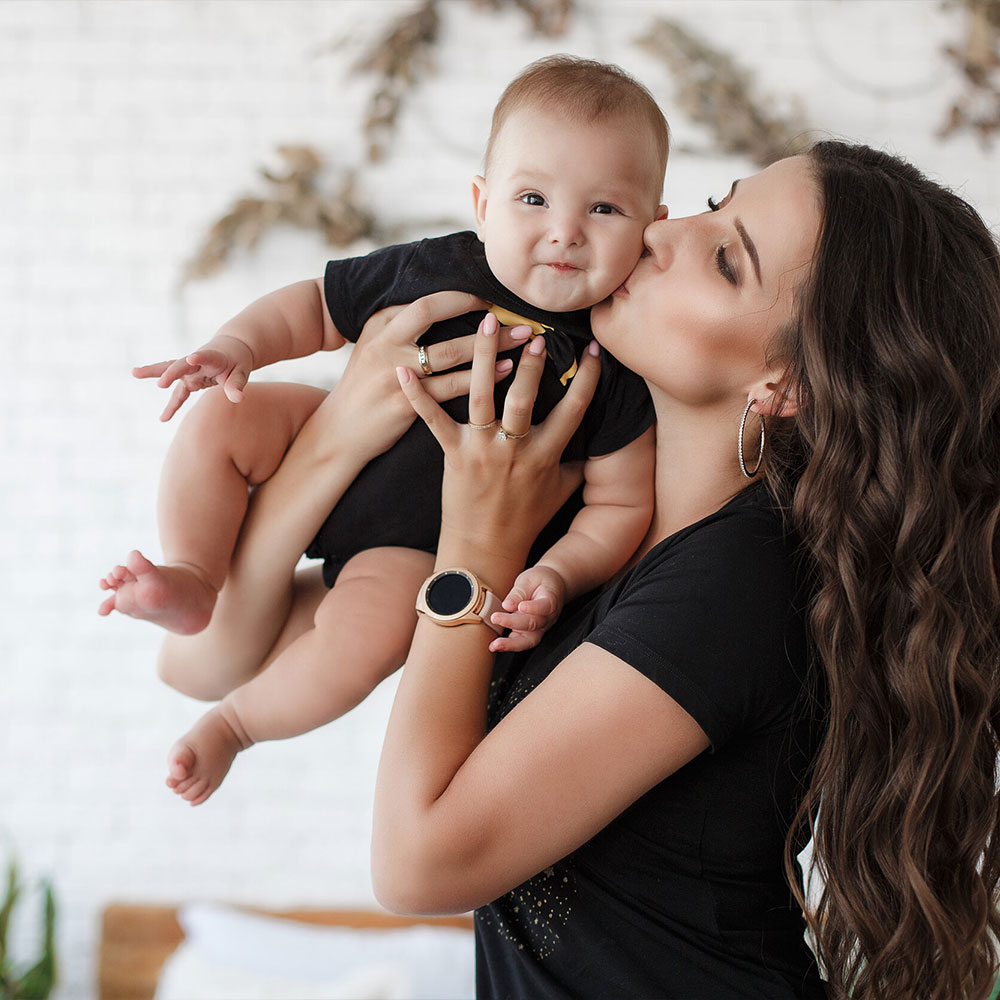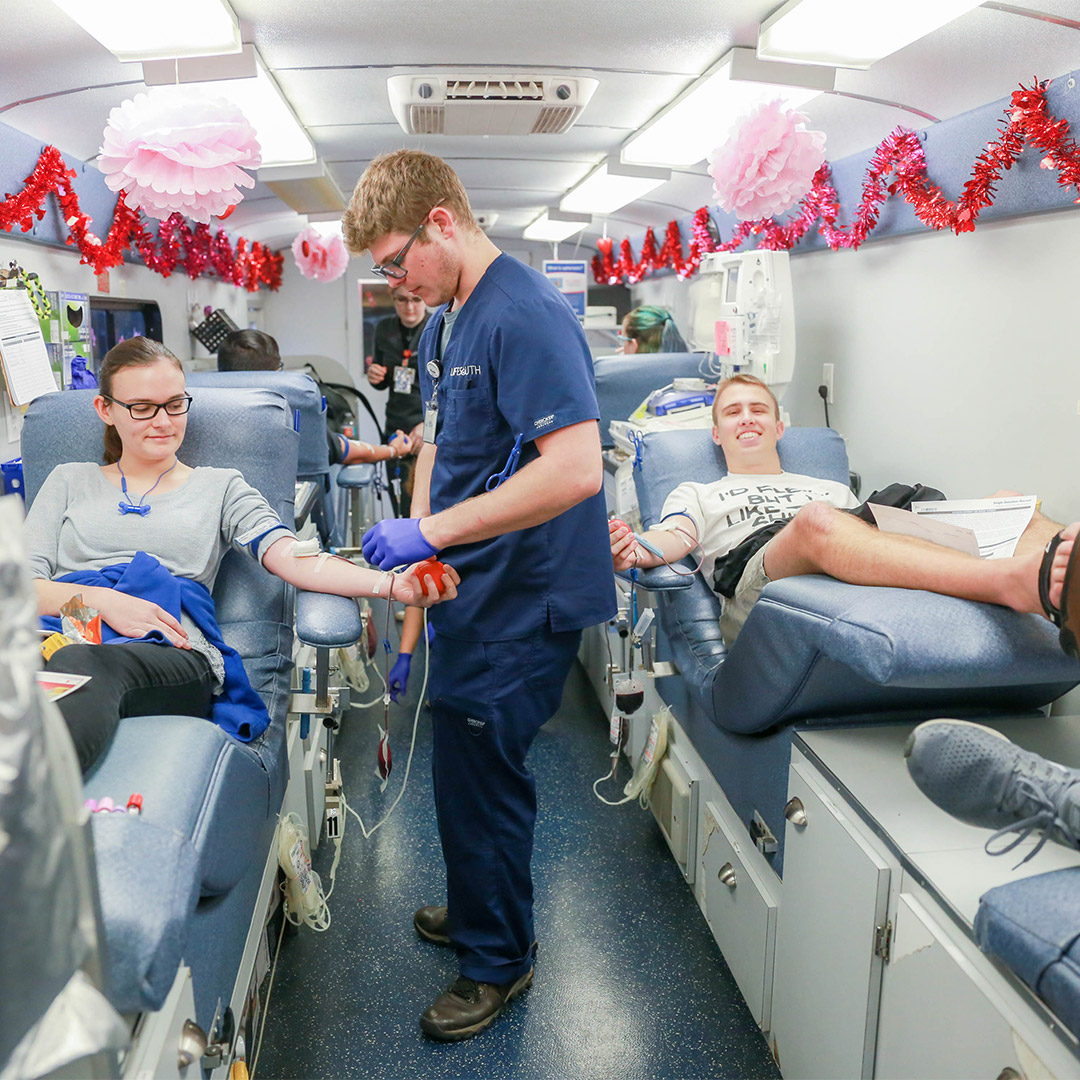Help Save Lives
Donate Blood Today
LifeSouth is a community blood center.
That means the blood supply collected from our donors directly serves the needs of patients in our local community. As a blood donor, you are a vital part of a team of individuals working together to save the lives of patients in our area’s hospitals.
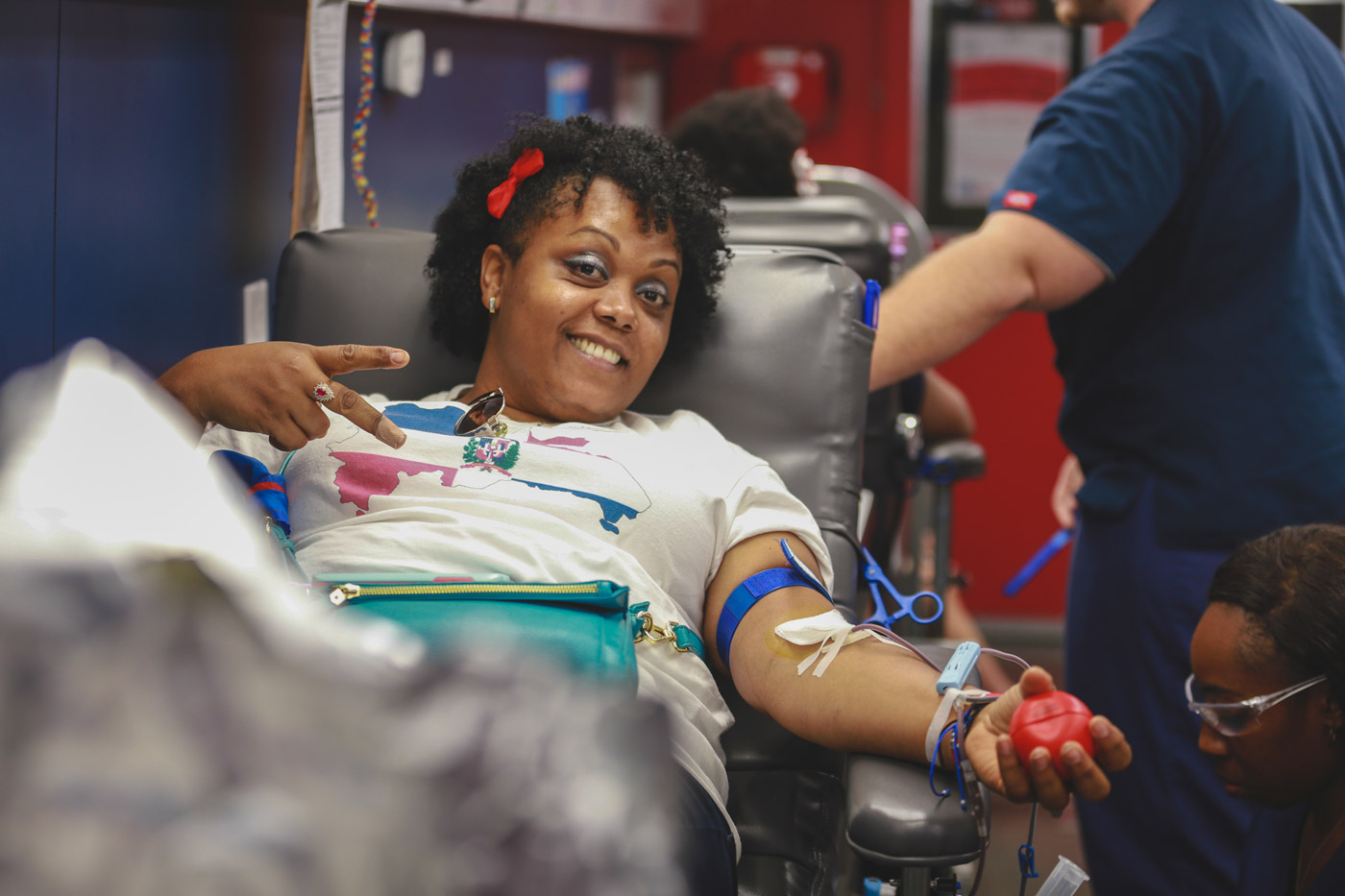
What Does the Process Look Like?
Donating blood is usually a simple and pleasant procedure. Your total time at the blood center or the bloodmobile will take about an hour, from registration through relaxation.
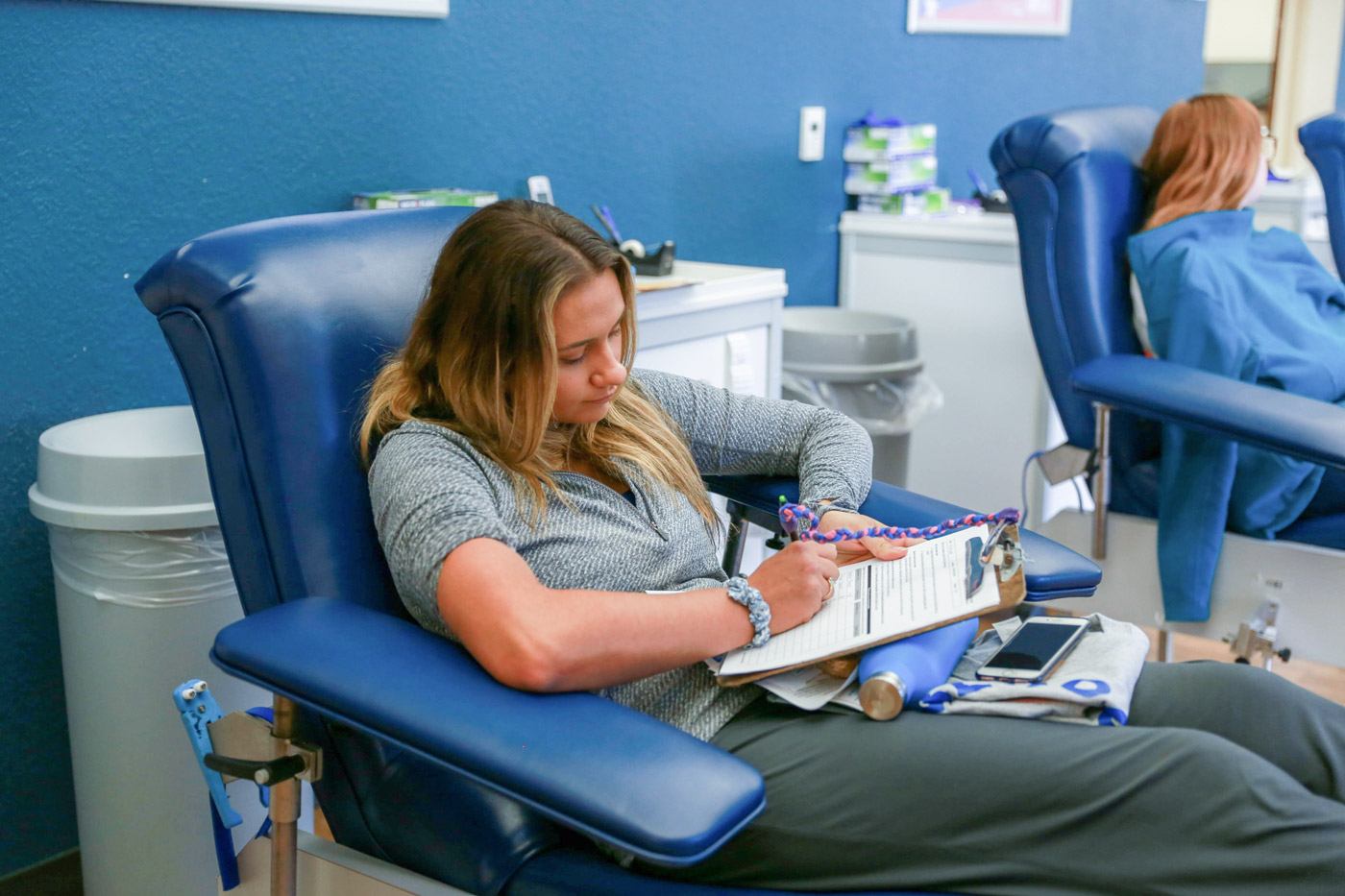
Step 1 – Registration
If you are a returning donor, your information will already be stored in our computer system by your name or Social Security number. We will ask you to verify your name, address and phone number. If you are a first-time donor, you will be asked for your name, address and additional information, and you will be entered into the system as a donor. You will need to show a valid photo I.D. to the registrar each time you donate.
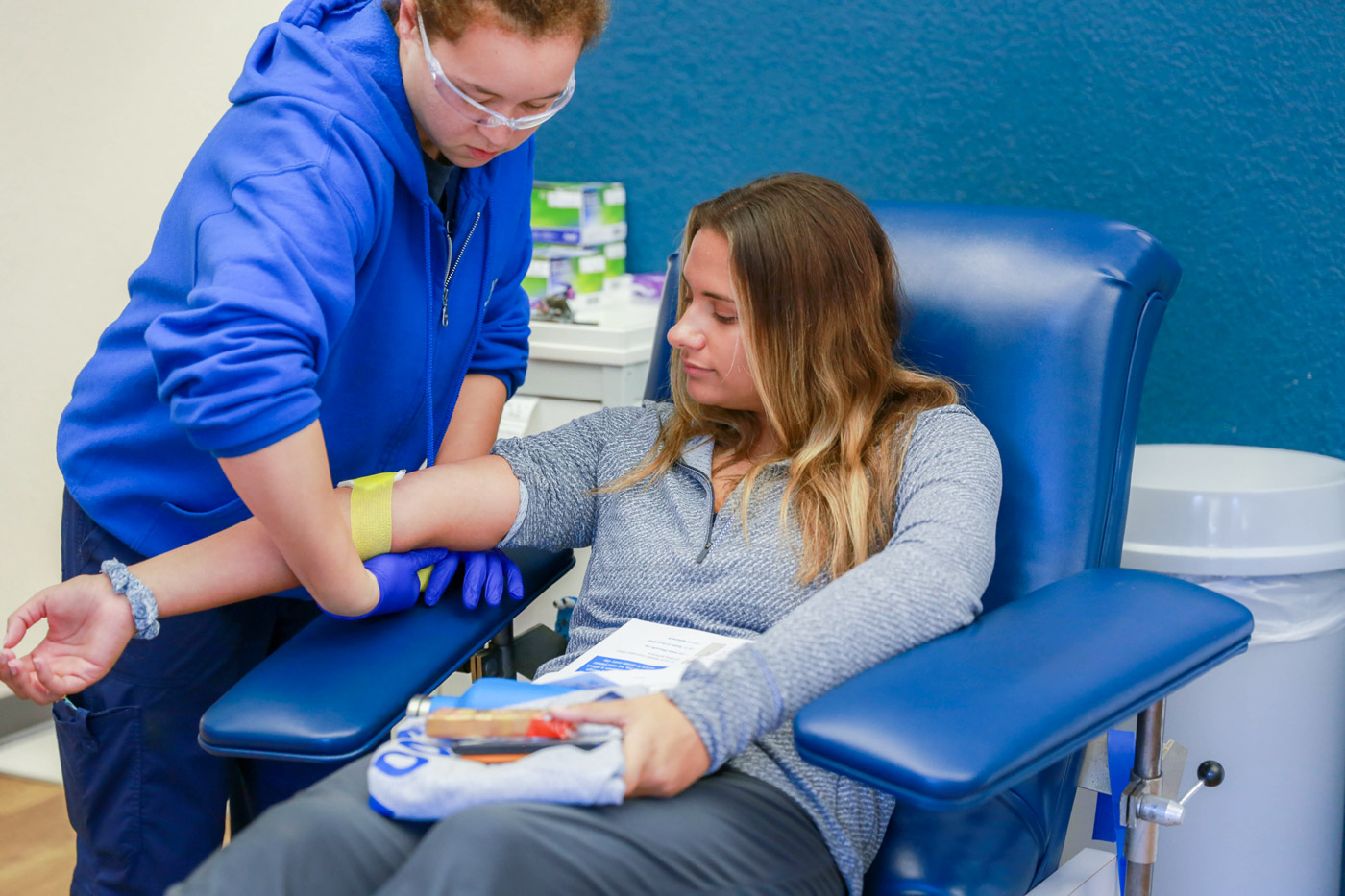
Step 2 – Interview and Mini-Physical
You will answer questions about your medical history, as well as questions required by the FDA to determine if you practice high-risk activities for contracting HIV, hepatitis and other diseases that are harmful to the community blood supply. A mini-physical will be performed to determine your blood pressure, temperature, pulse and iron level to ensure you are healthy enough to give blood. These results will be available to you after your appointment.
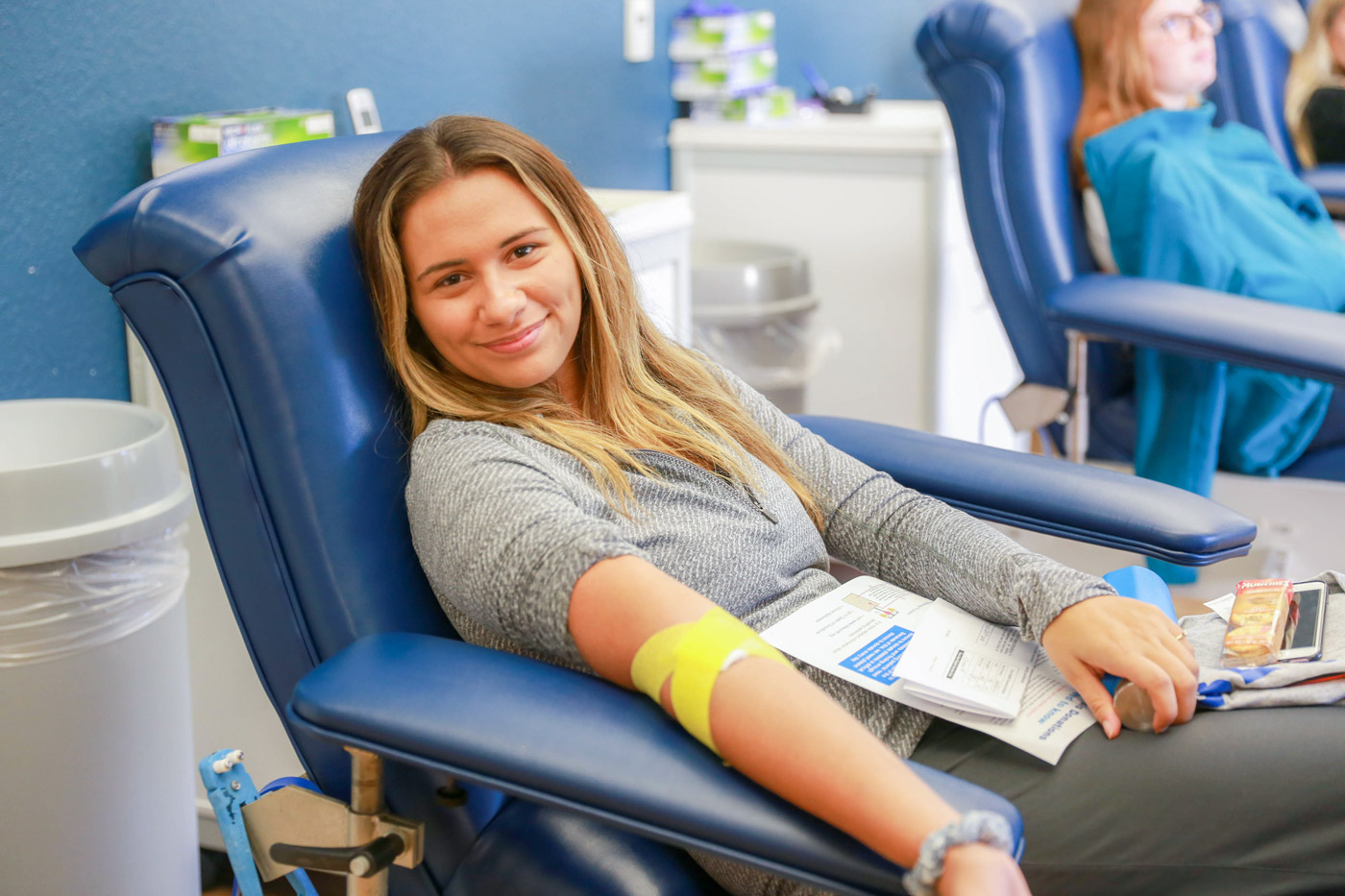
Step 3 – Donation Preparation
As you relax in the donor chair, the phlebotomist will check your veins, swab your arm with iodine and prepare the bag and other materials needed to collect your blood donation.
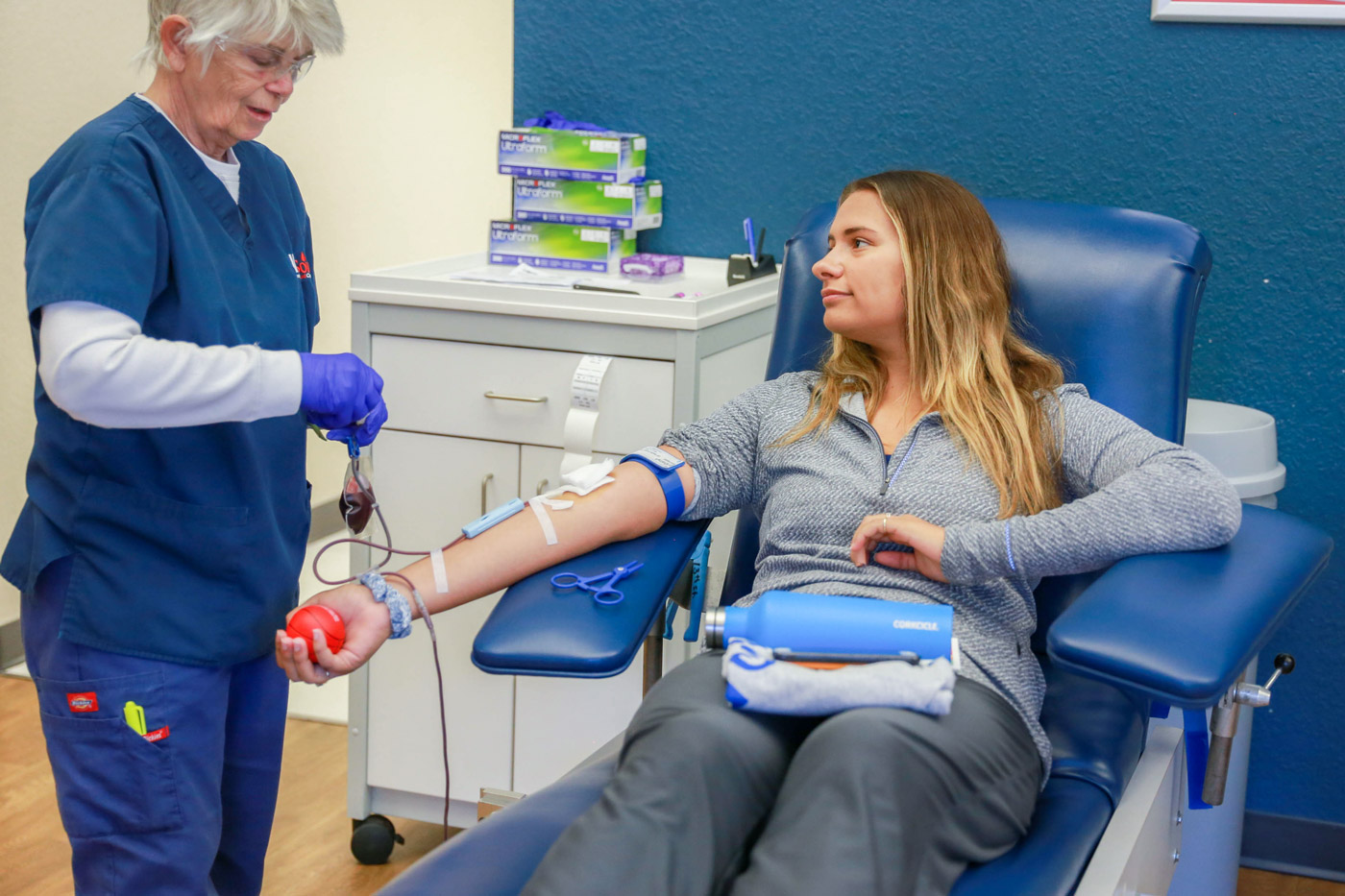
Step 4 – Blood Donation and Recovery
The actual donation time takes between four and eight minutes and, for most people, is a very comfortable process. The phlebotomist will also take four vials of blood for routine testing before the needle is removed from your arm.
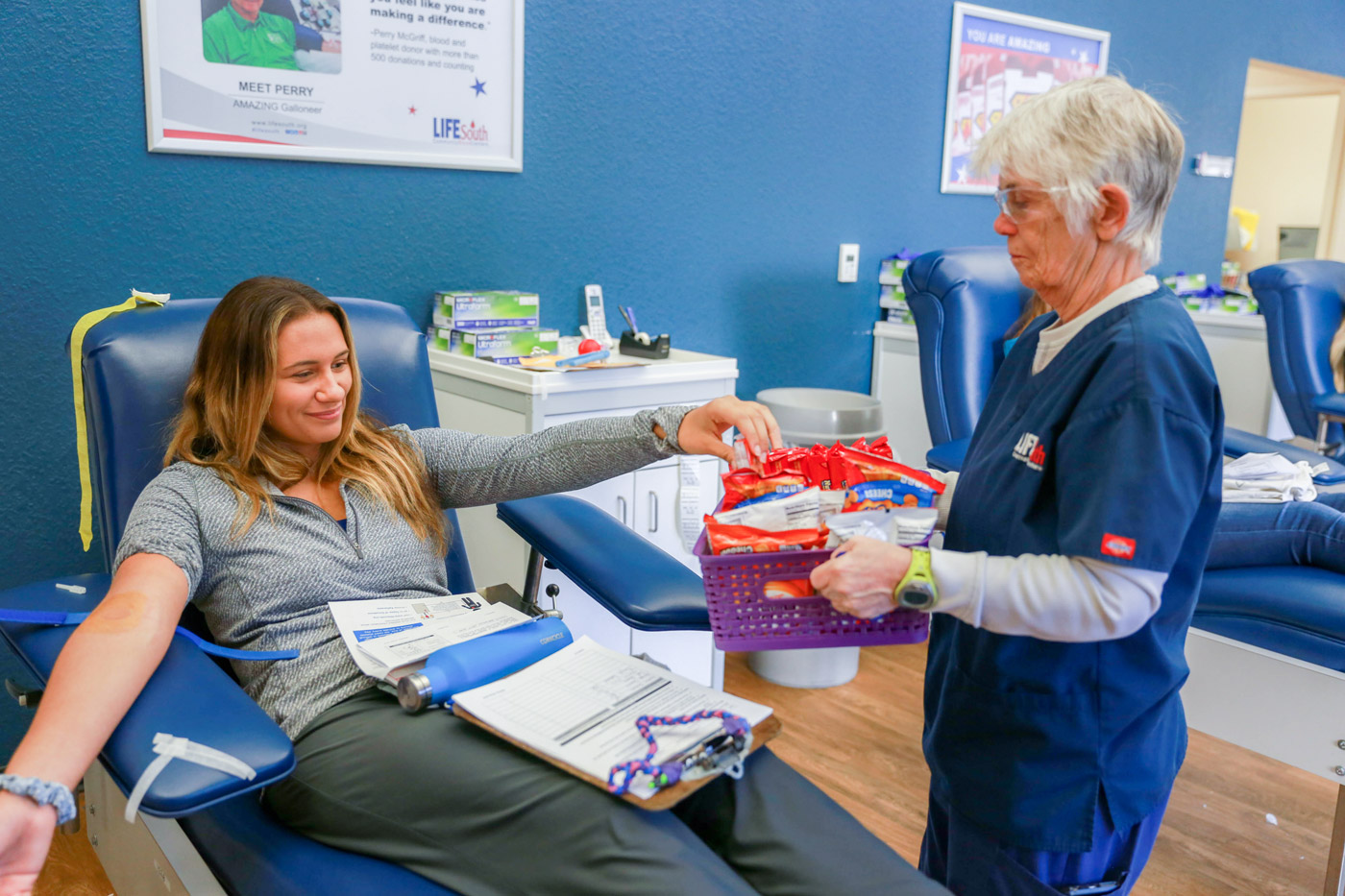
Step 5 – Relax
You will be offered juice and snacks, and encouraged to relax for several minutes after your donation is complete.
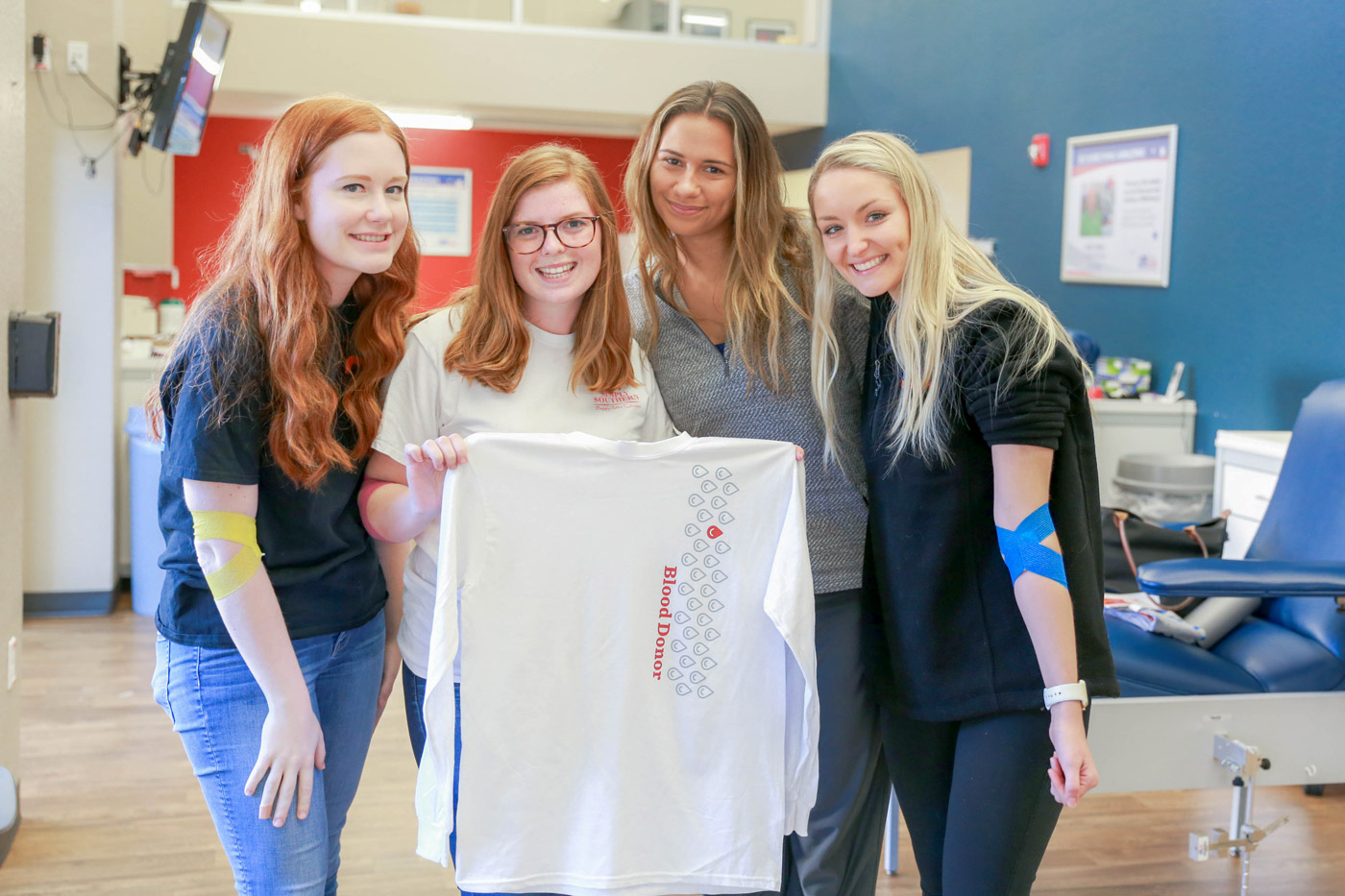
Have More Questions?
Please visit our Donor FAQs page to learn more.
Why Should I Give Blood?
Donating blood is a selfless act by one person to help save the lives of others. Blood cannot be manufactured, and local hospitals rely on LifeSouth blood donors to make sure blood is on the shelf to help patients in their moment of need. Approximately 37 percent of the U.S. population is eligible to donate, yet less than 10 percent donate annually. Whether you’re a regular or first-time donor, visiting one of LifeSouth’s donor centers or signature red, white and blue bloodmobiles is a powerful way to make a difference.
Am I Eligible to Give Blood?
To give blood you must be in good health, 17 years old or older (or 16 years old with parental permission), weigh at least 110 pounds and show a valid photo I.D.
Below are examples of instances or criteria that may prevent you from donating. To take this information on-the-go, refer to our donor education materials. Our regulations continually change, so do not self-defer; a patient could be counting on you! If you have further questions, please contact us.
What Types of Donations Are There?
What Type of Donation Should I Give?
If you know your blood type, click on it below to find out what type of donation to give.
Where Can I Give Blood?
You can donate blood at any of our permanent LifeSouth donor centers, or use our blood drive locator to find a bloodmobile near you.

